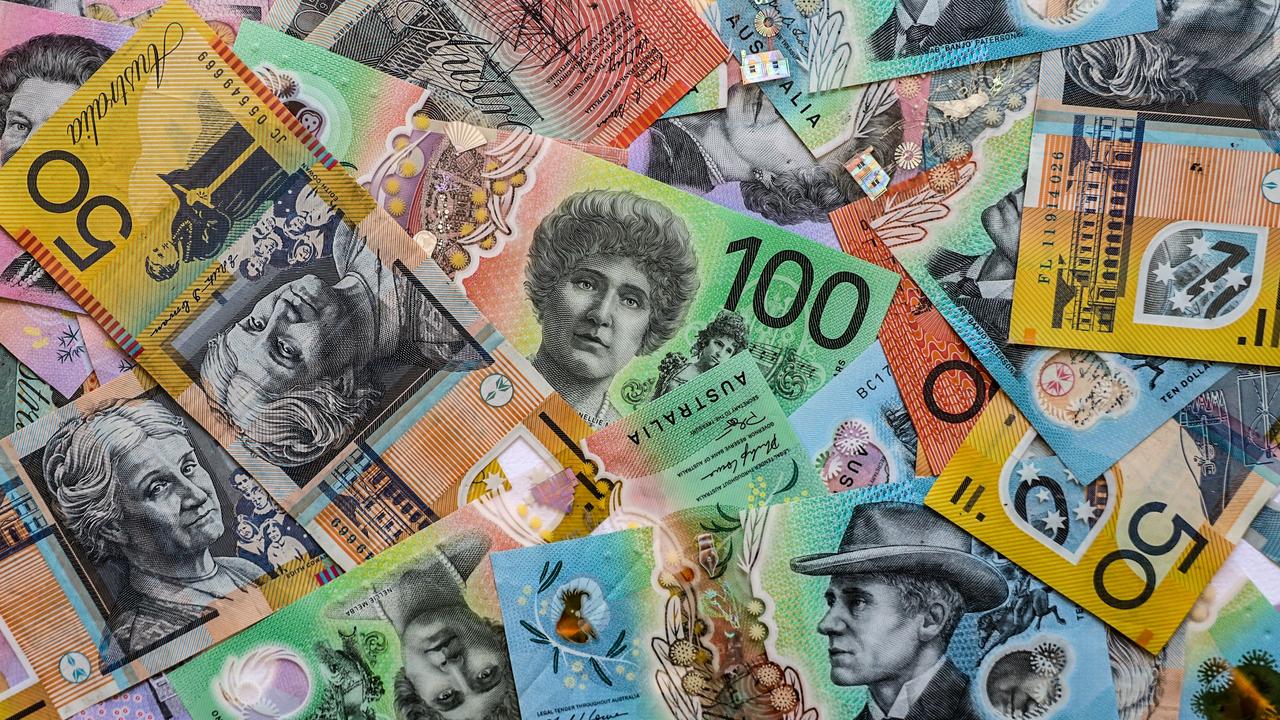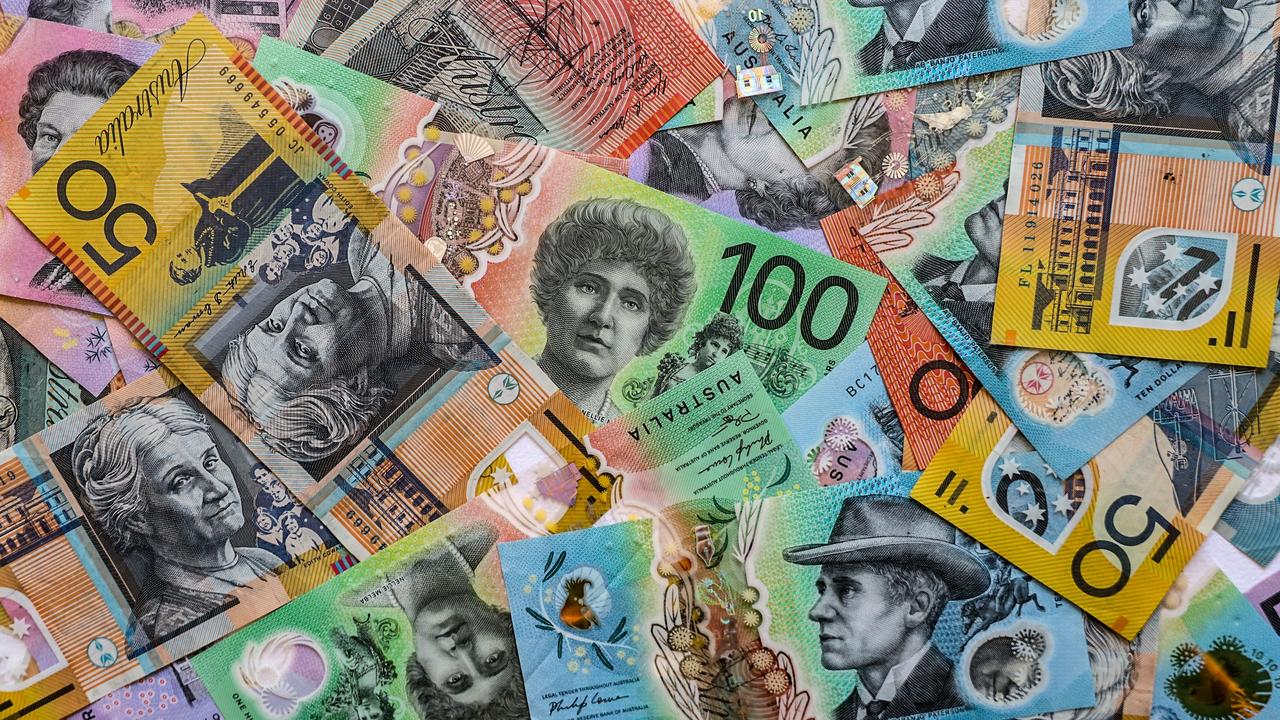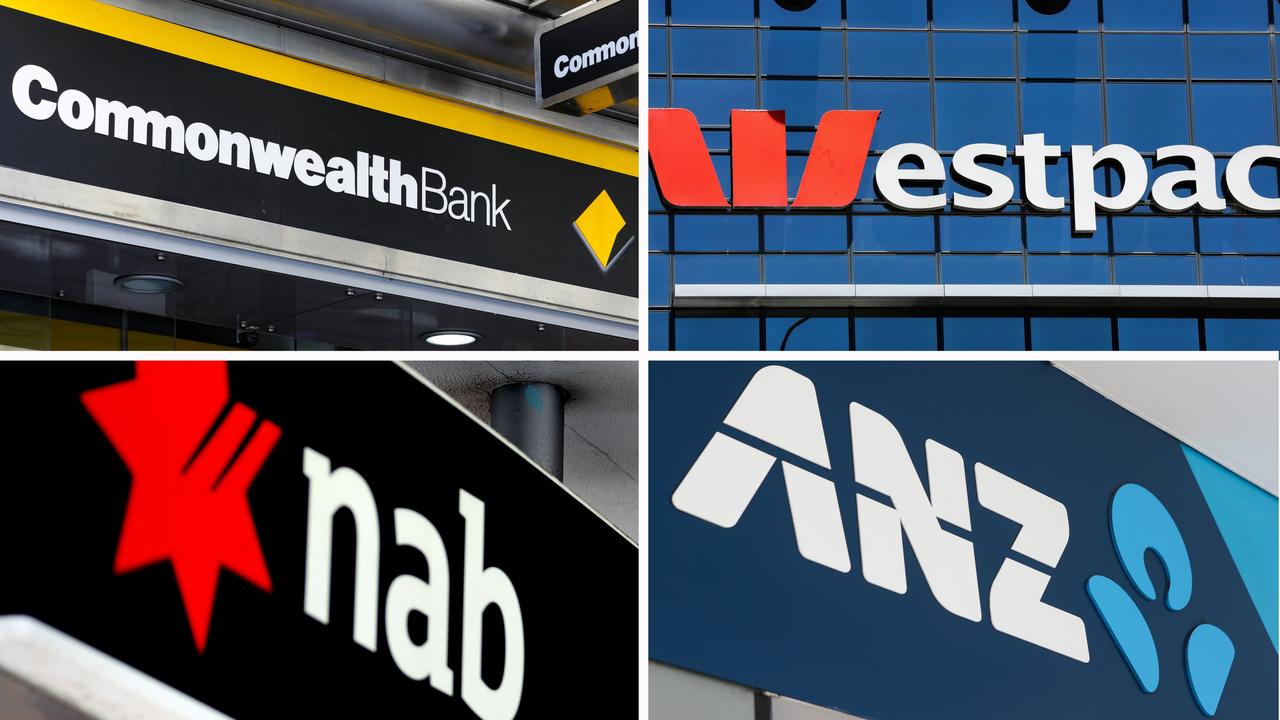Inside RBA’s decision to not lift rates at new look February meeting
More rate hikes are still on the cards after the Reserve Bank revealed it considered whether to raise interest rates when it met earlier this month.
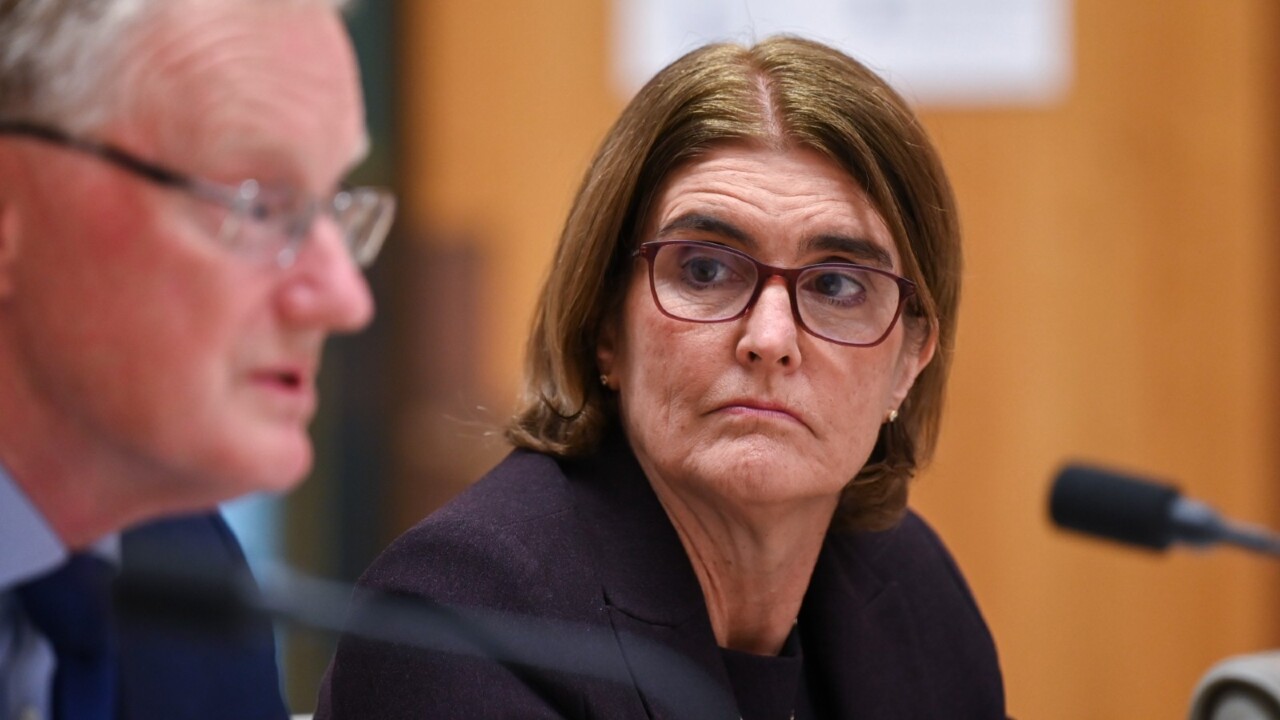
Aussies have been warned the Reserve Bank can neither rule in or out any further interest rate hikes as economic uncertainty remains “high”.
The RBA on Tuesday released the minutes of its February meeting, where it left the official cash rate – which guides interest rates set by lenders – on hold at 4.35 per cent.
The minutes showed the central bank board mulled over whether to raise the cash rate further.
In the end, mortgage holders were spared from another increase after the board decided it needed more time to assess the data.
But it did not rule out the end of hikes altogether, and suggested the decision was a close one.
“Uncertainty about the outlook for the economy was high,” the minutes said.
“Members also observed that the costs of inflation not returning to target within the envisaged time frame were potentially very high.
“Given this, members agreed that it was appropriate not to rule out a further increase in the cash rate target.”
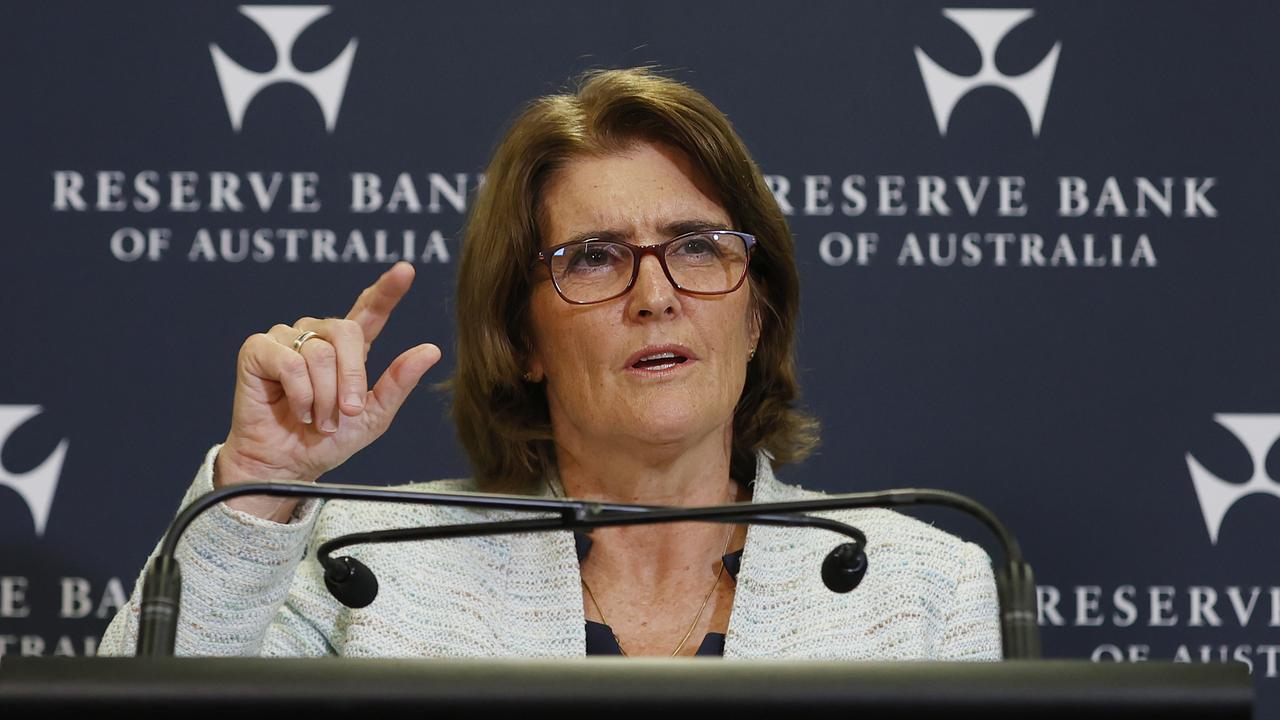
Early signs inflation easing quicker but RBA remains on edge
February’s board meeting was the first held under the sweeping changes adopted by the institution following an independent review commissioned by Treasurer Jim Chalmers.
Over the two and a half day affair, board members considered the case for and against another rate hike, amid presentations from RBA staff about the state of the economy and markets.
The board meeting minutes showed there are early signs of inflation easing but the board remains cautious.
Inflation in Australia has slowed from a peak of about 8 per cent at the end of 2022 to about 4 per cent at the end of 2023.
The board said it still expects inflation to return to its target range of 2-3 per cent in 2025, reaching the midpoint in 2026, but that it was still “well above target”.

“Members noted the moderation in inflation had been driven by softer goods price inflation and that any further slowing in this component was likely to be modest,” the minutes showed.
“By contrast, services price inflation remained high and had declined only a little.”
“The case to raise the cash rate further centred on the observation that it would take some time for inflation to return to target and for the labour market to full employment,” the minutes showed.
“Inflation was expected to take a further two years or so to return towards the midpoint of the target range under the central forecast.”
In considering whether to increase the cash rate, the minutes noted a rise would not prevent the board from cutting rates if “the economy were to weaken more sharply than envisaged”.
The bank decided the case against the rate rise was stronger, noting the risk of inflation not returning to its target range within a “reasonable timeframe” had eased.
“The moderation in inflation over preceding months had been slightly larger than previously expected, and global inflation outcomes had provided additional confidence that inflation in Australia would moderate further,” the minutes said.
“Data on the labour market and consumer spending had also been weaker than previously expected.”
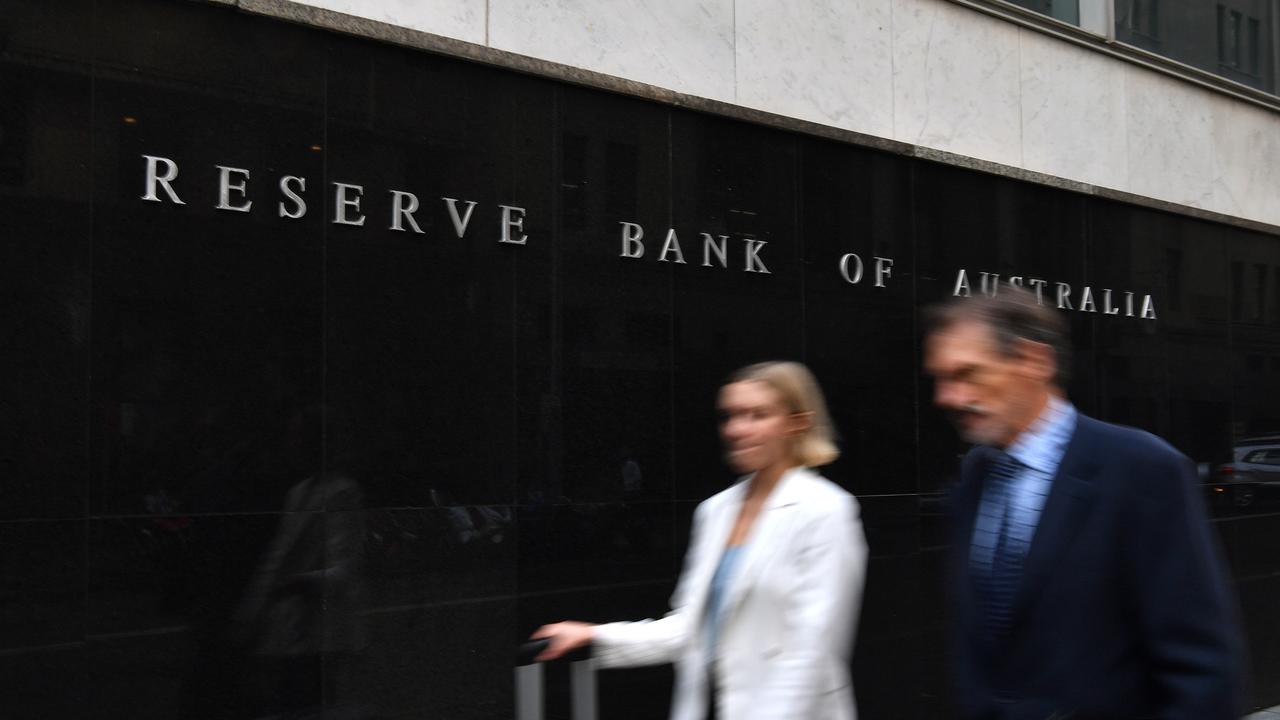
The board said the status quo call would “best balance” the “board’s objectives for price stability and full employment”.
The meeting minutes also showed how the bank considered crafting its message ahead of governor Michele Bullock’s first most-meeting press conference.
It was decided that while the RBA should paint a picture that progress had been made, Ms Bullock should stress it would take time before the bank could have “sufficient confidence” inflation would return to target within a reasonable time frame.
“Members agreed that it was important for the board’s public statement to make clear that … it was not yet possible to rule in or out further increases in interest rates,” it said.
Most economists had anticipated the RBA would keep rates on hold in February.
Commonwealth Bank’s head of Australian economics, Gareth Aird, described the decision as “uncomplicated” and forecast the central bank would begin its easing cycle in September.
ANZ senior economist Blair Chapman said the minutes showed the RBA remained “slightly hawkish” but would keep the cash rate at 4.35 per cent before an anticipated cut in November.
Stage three tax cuts discussed
The minutes also revealed the board discussed the impact the federal government’s announced change to the stage 3 tax cuts would have on inflation.
Under the changes, tax cuts to higher income earners will be redistributed to fund bigger cuts to those earning under $150,000.
The board said the cost of the cuts was “similar” to those already baked into the central bank’s forecasts.
“Members were briefed on the potential for the different distribution of income tax reductions across households to affect the forecasts and concluded that the effect would be negligible for plausible assumptions about differences in marginal propensities to consume,” they said.
The board will meet next on March 18.
Read related topics:Reserve Bank

